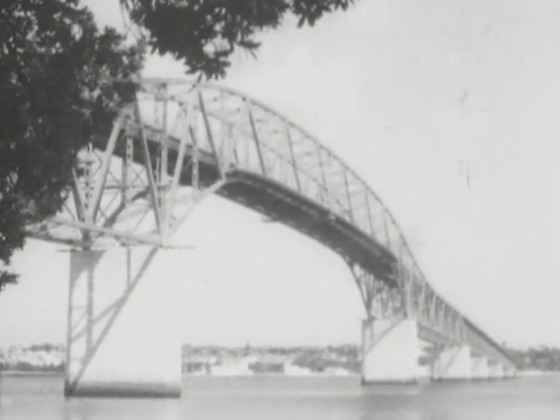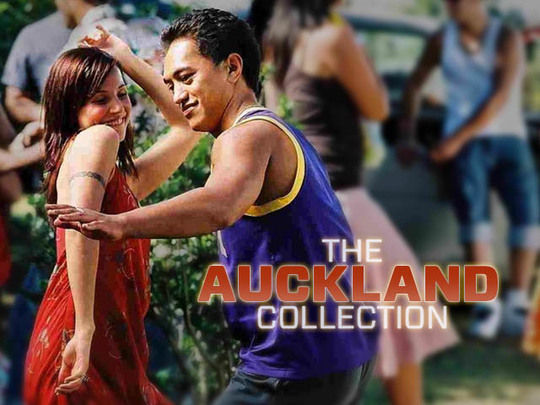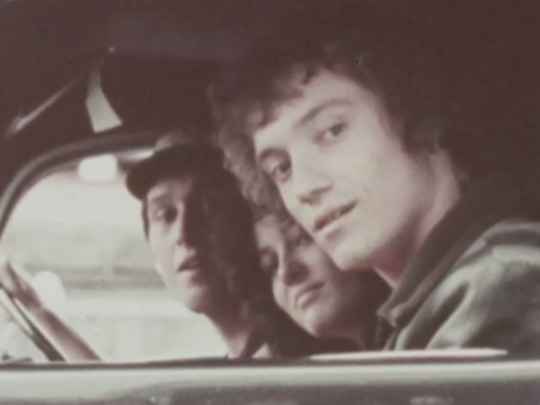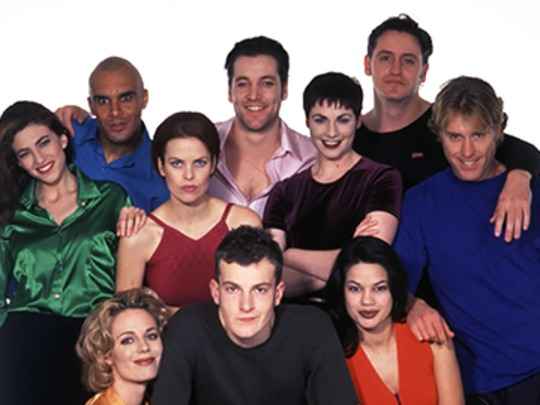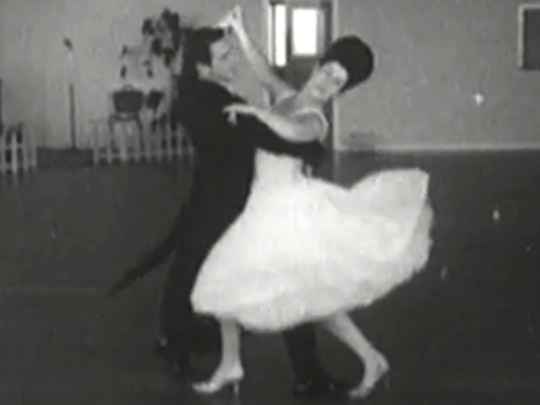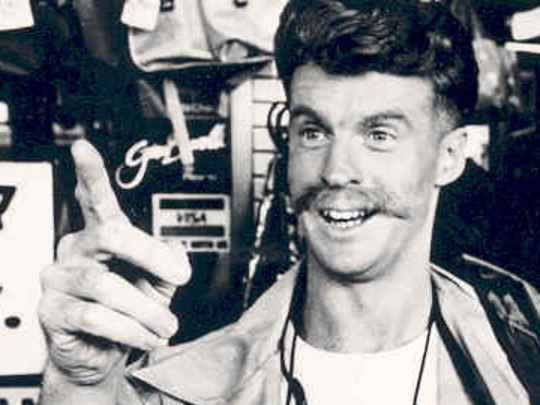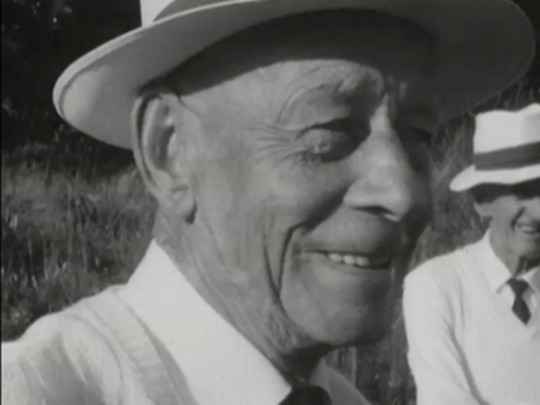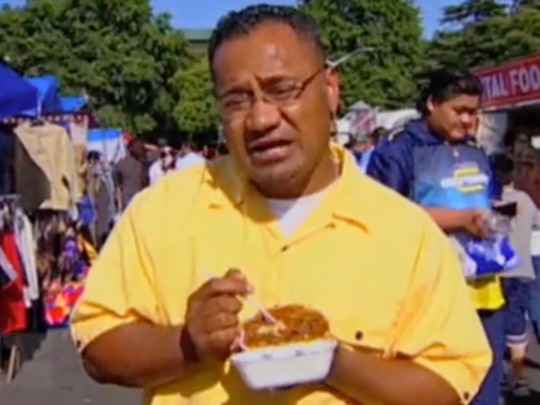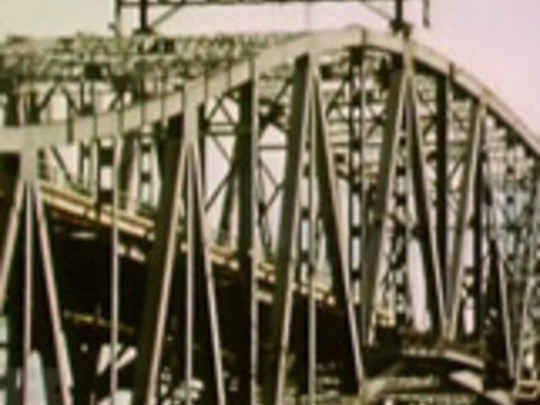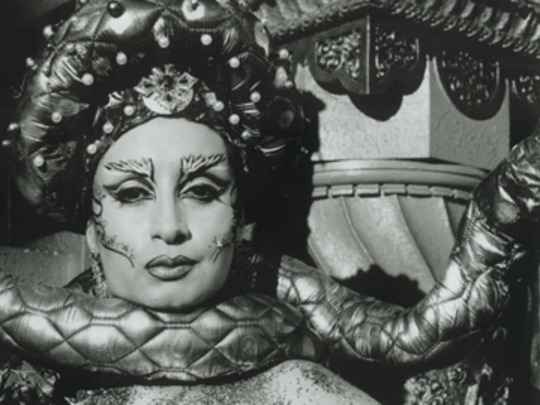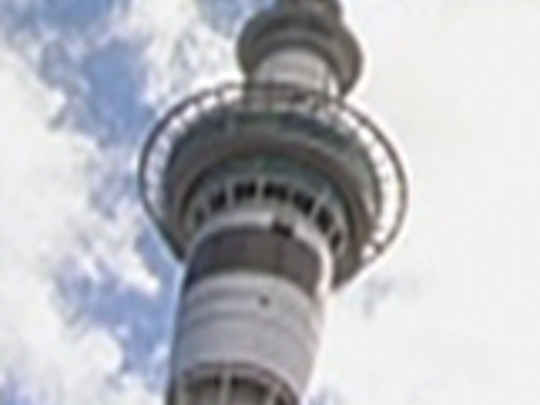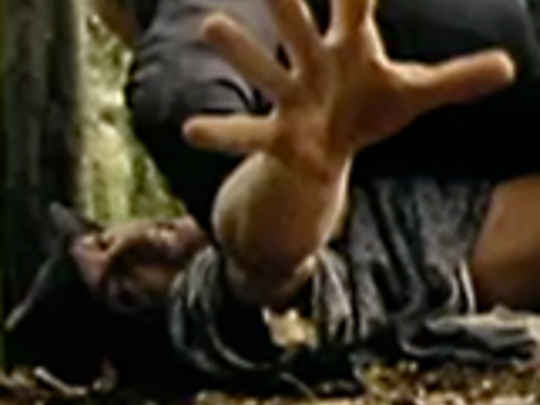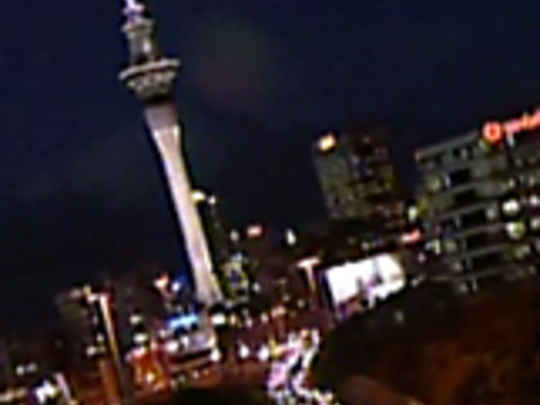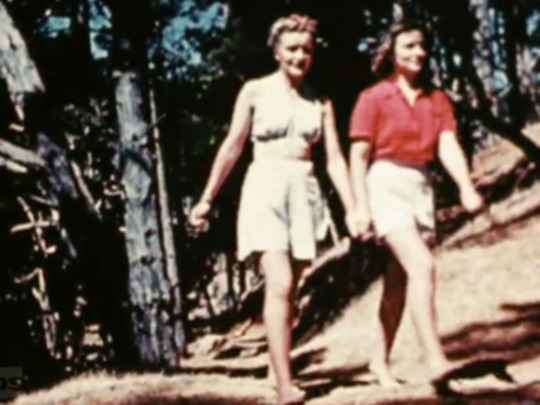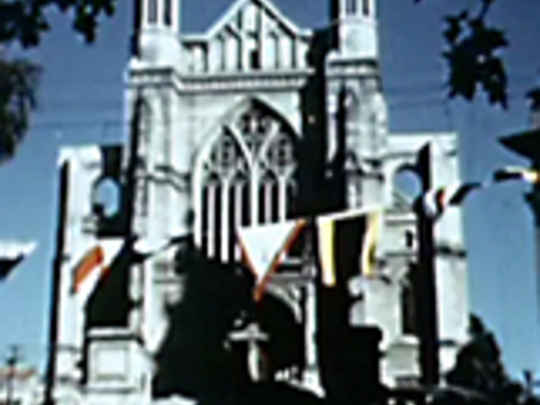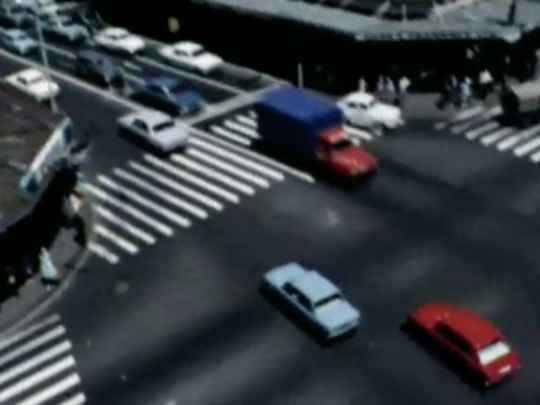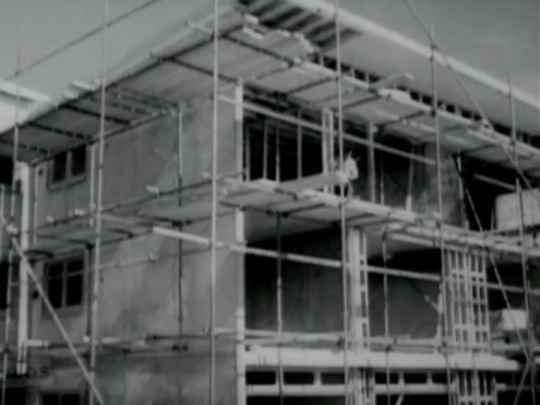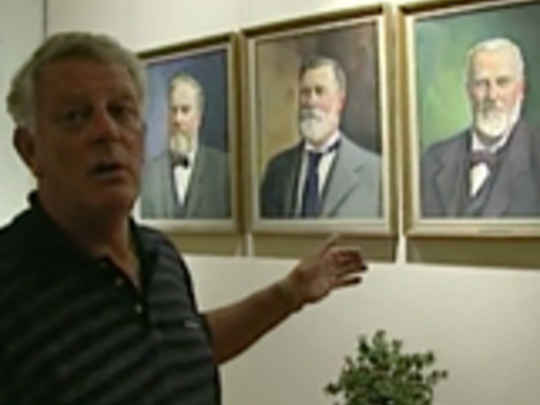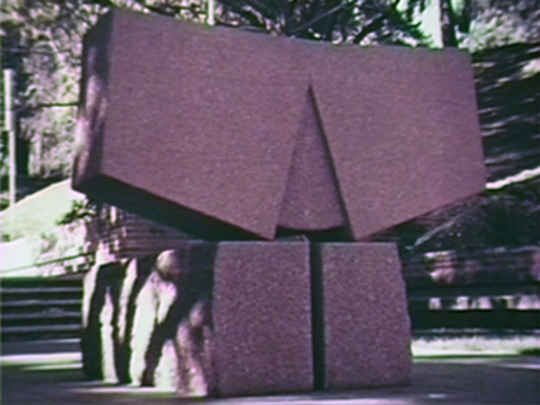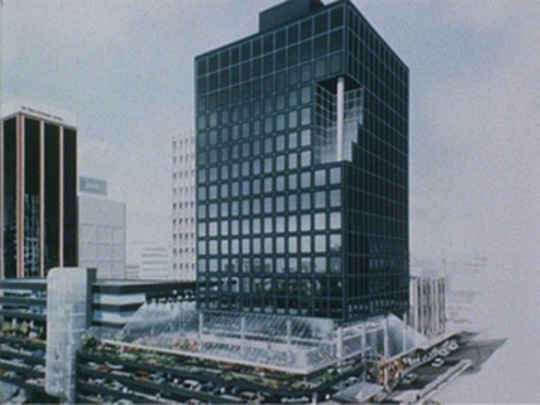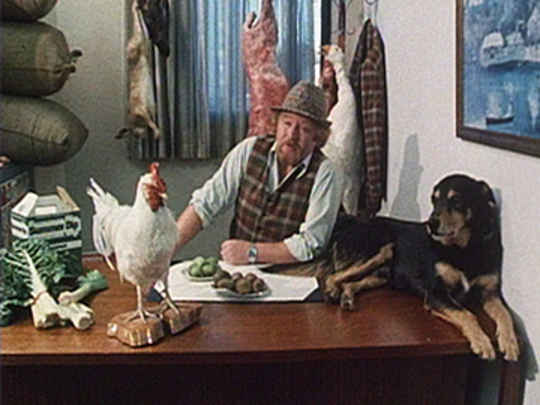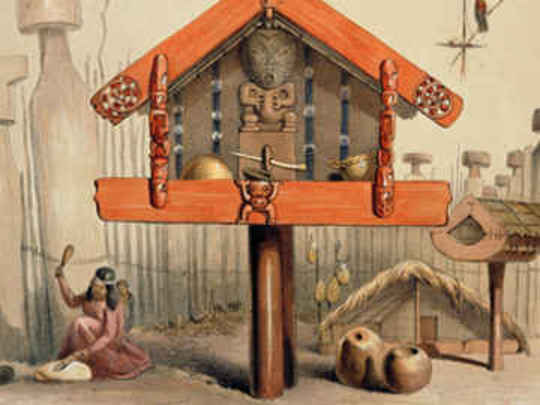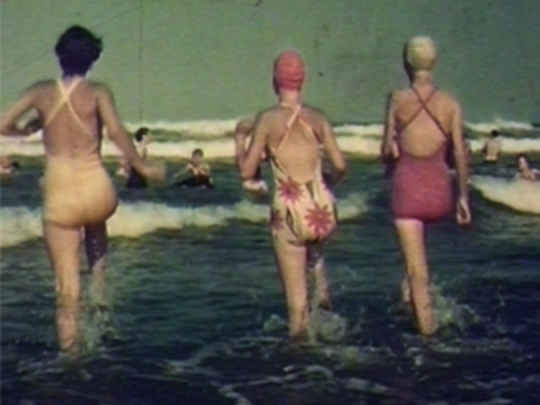Auckland City Centenary – Last, Loneliest, Loveliest
Television (Full Length) – 1971
Last, loneliest, loveliest. Most exquisite apart. I wonder if Rudyard Kipling would use those words to describe Auckland now? Somehow, I don’t think so.– Reporter Hamish Keith
Near neighbours to the north and south must look nervously at this great monster of a place swallowing up the land. If you don’t come to Auckland, it’s said, Auckland may very soon come to you.– Reporter Hamish Keith
For fifty blankets, fifty pounds of money, twenty trousers, twenty shirts, ten waistcoats, ten caps, four casks of tobacco, one box of pipes, a hundred yards of gown pieces, ten iron pots, one bag of sugar, one bag of flour and twenty hatchets he (Hobson) bought three thousand acres of the Waitemata.– Reporter Hamish Keith
Auckland may be large and brash, bursting at its narrow seams, a confusion of places and of people, but with the sea at its door, it’ll always be a pleasant place to live.– Reporter Hamish Keith
Keith, having served his apprenticeship with Peter Tomory at the City Gallery and now as something of a figure about town, face the camera square on and relishes the chance to deliver a few thoughts about what we might see when we look at ourselves and our city.– Murray Edmonds in his 2021 book, Time to Make a Song and Dance, page 203
At Ōkahu bay, on the land from which Ngāti Whātua had been cleared away in 1952, the price that Governor Hobson paid for his initial investment purchase of 3,000 acres - 50 blankets, trousers, shirts, caps, flour, sugar, 20 hatchets - is laid out on the grass at the public domain that used to be Ngāti Whātua land.– Murray Edmonds in his 2021 book, Time to Make a Song and Dance, page 203
